10 Toxic Personal Care Products You Need to Replace
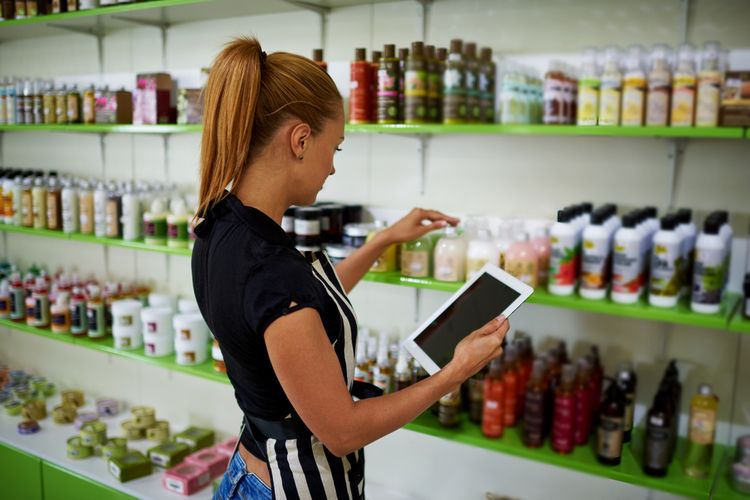
If you’re health-conscious, chances are you’ve taken a look at the ingredients on a food label before, even if only occasionally. Some of us health nuts endlessly obsess about every last item we find on that list. But what about the ingredients in our personal care products? How many of us have even glanced at what’s in our shave gel, moisturizers, or toothpastes? It’s easy to feel like these products don’t directly interact with our body’s internal biochemistry. After all, we don’t ingest them, so how bad can they really be?
The truth is, when it comes to slathering these goods onto our bodies daily, ignorance may not be bliss. Sayer Ji, founder of GreenMedInfo, says: “Consumers need to be at least five times more aware of a skin care product’s toxicity than that of food.”1
Your skin is the largest organ in your body and it readily absorbs much of what you put on it. While some products simply make problems worse (such as moisturizers that cause dry skin), others can cause cancer or hormone imbalances, due to harmful ingredients.2 When it comes to what you put on your body, you want to be informed.
One of the reasons we value physical appearance so much is that it’s the most immediate indicator of overall health. From an evolutionary perspective, it makes perfect sense. Vibrantly clear skin, healthy teeth, and strong hair quickly indicate a healthy mate, and therefore, the potential for healthy offspring. Simply put, if something isn’t quite right on the outside, it’s probably a sign that something isn’t quite right on the inside. Somewhere along the line, we stopped viewing our external tissues as a snapshot of our internal world. Instead, we began trying to squash these pesky problems without giving any consideration to their deeper meaning.
The following list will help you to evaluate the products you use and reframe your approach so that you can achieve the most effective means of self-care.

1. Anti-Perspirants/Deodorants
Your body is host to a vast array of bacteria that can be either beneficial or harmful. When it comes to the bacteria that cause a stink under our arms, the standard approach generally involves either sealing them in or dousing them in antibacterial agents. Questionable at best, these practices are not only doing more harm than good, but could also be defeating their own purpose.
Aluminum: Though this is a naturally-occurring mineral, aluminum is also classified as a metalloestrogen. Metalloestrogens may disrupt estrogen receptors, leading to hormone imbalance. Serving as the main active ingredient in antiperspirants, aluminum works by blocking the flow of sweat that causes odor. By blocking sweat, it also shuts down your natural ability to flush out toxins.3
Fragrances: Even non-antiperspirant deodorants can include dangerous “fragrances.” This ambiguous ingredient can contain over 200 different substances, including anything from chemicals that disrupt hormones, to those that cause neurological issues.4,5
Biocides: These chemicals (such as triclosan, which poses a toxicity risk in humans) may kill unwanted odorous bacteria, but they decimate the beneficial ones too. The microorganisms on your skin work within a careful balance. By exterminating both, you may be playing Russian roulette with which bacteria end up flourishing.33
Trying to find natural store-bought deodorant that works well can be tricky. Watch out for “healthy” deodorants that are crystals or contain mineral salts, because they’re often made up of natural aluminum.
Alternative Options: Cleaning up your diet can be a great first step. Eliminating sugar, alcohol, and processed food gives bad bacteria less to feed on. Adding in prebiotics (food for beneficial bacteria such as dandelion greens, onion, or garlic) and a probiotic supplement can help the odor-fighting microorganisms win out.
For a simple, homemade deodorant, combine aluminum-free baking soda, coconut oil, and arrowroot starch. Add in some essential oils, like lavender or tea tree, or a shelf-stable probiotic powder to neutralize odor and bacteria.
If DIY-deodorant isn’t your thing, Primal Life Organics offers its “Stick Up” deodorant, which is made with either coconut oil, baking soda or arrowroot powder, and organic pure filtered beeswax. It’s a great product.
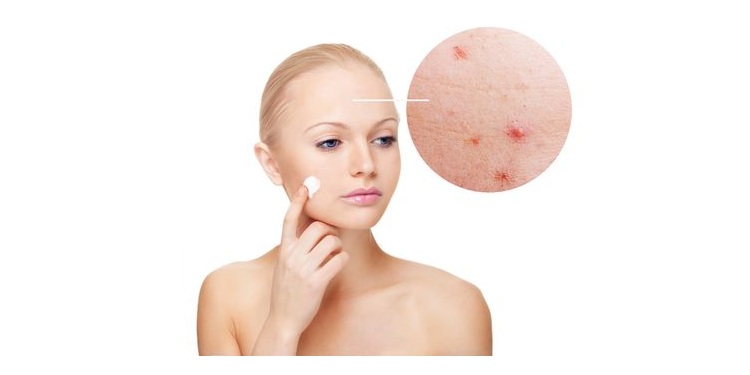
2. Acne Treatments
Acne is often experienced as an unfortunate rite of passage during your hormonal teen years, but it can affect anyone at any age. For even the mildest cases, many people turn to over-the-counter washes and creams that kill unwanted pimple-causing bacteria.
As with deodorant, destroying the delicate balance of bacteria might not be the answer and is one of a few reasons these treatments are potentially a very bad idea.
Benzoyl peroxide and salicylic acid are two ingredients you’re probably familiar with if you’ve ever used a spot treatment or face wash that targets acne. Both of these chemicals work by killing bacteria associated with breakouts. They also dry the skin out and increase sensitivity to the sun. Benzoyl peroxide is known to generate free radicals—which means it has the capability to promote tumor growth.34 Besides being toxic skin irritants, the theory behind these treatments’ approach ends up making acne much worse. Persistent use causes resistant bacteria, which leads acne suffers to reach for more potent solutions, perpetuating an endless cycle.
Alternative Options:Diet is one of the biggest contributors to breakouts. Bacterial overgrowth in the digestive system, along with certain foods (some of which you would think are healthy), such as nuts, wheat, eggs, dairy and chocolate have all been linked to acne.6
Supplement with a probiotic and test yourself by eliminating suspected foods for a month, before slowly reintroducing them one at a time. To transition from traditional acne treatments, try the oil cleansing method (washing with something like coconut oil) to reestablish your skin’s natural oil production. If you need to use a topical treatment for the occasional breakout, opt for an essential oil like tea tree, peppermint, or frankincense.
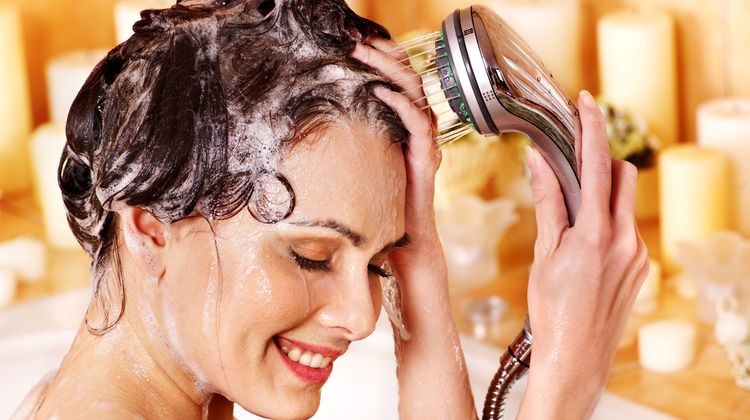
3. Shampoo & Conditioner
Take a look at your average bottle of shampoo or conditioner. There are at least five ingredients on the label that you won’t be able to pronounce. These chemical concoctions might briefly make your hair shiny and soft, but at what cost?
Sulfates: Sulfates and other chemicals in shampoo and conditioner can create formaldehyde and 1,4-dioxane, two known carcinogens. Watch out for these chemicals: quaternium-15, DMDM hydantoin, imidazolidinyl urea, diazolidinyl urea, PEG-100 stearate, sodium laureth sulfate, sodium myreth sulfate, polyethylene, and ceteareth-20. Safest bet? Avoid anything that contains an ingredient you can’t pronounce.7
Parabens: These fall under the category of “preservatives.” They can cause skin irritation and mimic estrogen, which can cause a flood of hormonal dysregulation. Combine these with another commonly found ingredient, fragrance, and you’ve got a recipe for hormonal disaster.8
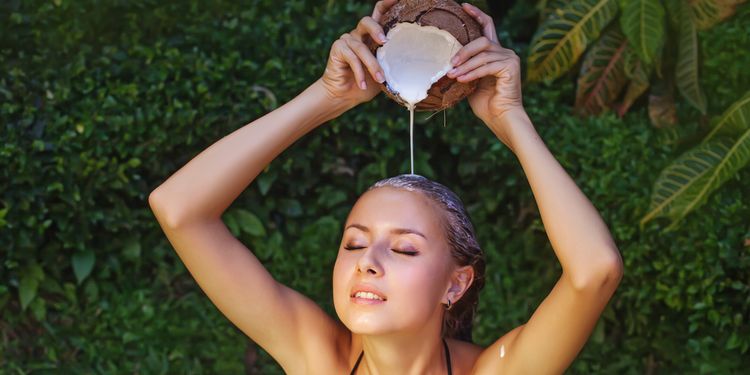
Alternative Options: Finding a clean but effective shampoo and conditioner can be challenging. Even some of the most “natural” shampoos tend to have some version of sulfates in them. Specifically, look out for coco-sulfates in natural shampoos, as they’re common sulfates that are toxic to the environment.9
Many commercial products strip your hair of its natural oils, kicking your body’s innate oil production into overdrive. As you transition into gentler products, slowly decrease how often you wash your hair. This will help your oil production balance out and decrease your need to shampoo. In the meantime, try a homemade dry shampoo by combining arrowroot powder with a bit of your favorite essential oil. Add in cacao powder for darker hair. Washing with diluted baking soda and rinsing with apple cider vinegar (also called No-poo) is one option. This one can take a while to adjust to and doesn’t work for everyone, though.
Another homemade recipe combines coconut milk with pure castile soap and an essential oil of choice. Tea tree oil can be great for dandruff, while almond oil can help with dry hair. And rather than using a traditional conditioner, opt for the occasional hair mask or oil treatment. Avocado, coconut oil, jojoba oil, and even raw eggs can be used as a leave-in. Just rinse well with soap or natural shampoo.
As far as good products go, Organic Excellence shampoo works well and has a very reasonable ingredient list. If you can grow to be ok with your shampoo not foaming, Morrocco Method is arguably the cleanest brand available. Once you stop missing the foaming effect, you’ll realize that it works incredibly well.
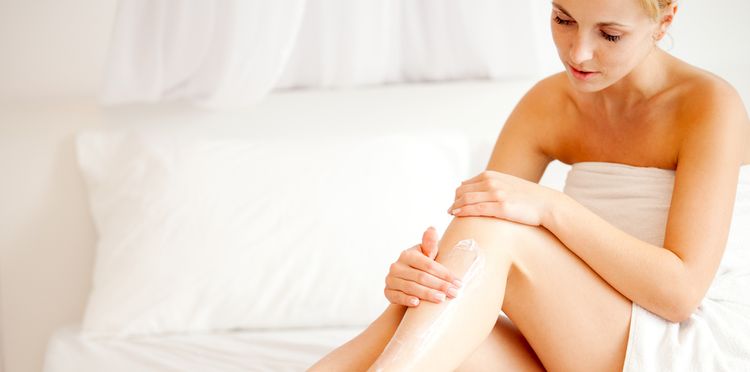
4. Moisturizers
We think of moisturizers as something that should hydrate and alleviate dry skin. Not only does it often do the opposite, but it also contains more than a few questionable ingredients.
Mineral Oil: Thirsty? How does a nice, tall glass of petroleum sound? Not so great, right? Your skin feels the same way. Besides being one of the most common ingredients in moisturizers, mineral oil is also one of the most widespread contaminants in our body (found in everything from breastmilk to liver tissue). These synthetic products generally only give the illusion of moisturizing by coating the top layer of the skin.10
Oil-Free: Products marketed as “oil-free” are no more enticing. Containing things like aluminum, triethanolamine (a potential carcinogen), diazolidinyl urea (a preservative that releases formaldehyde), and parabens, these moisturizers don’t come close to being a safe bet.16,35
Fragrance: Once again the ominous “fragrance” is on the list of ingredients found in moisturizers. It’s also important to note the term “unscented” isn’t synonymous with no fragrance. It means that other chemicals were used to cover up the fragrance. Only products labeled as “fragrance free” truly lack any fragrance.
Phthalates: Phthalates are known to disrupt thyroid function in men and increase breast cancer risk in both men and women.32
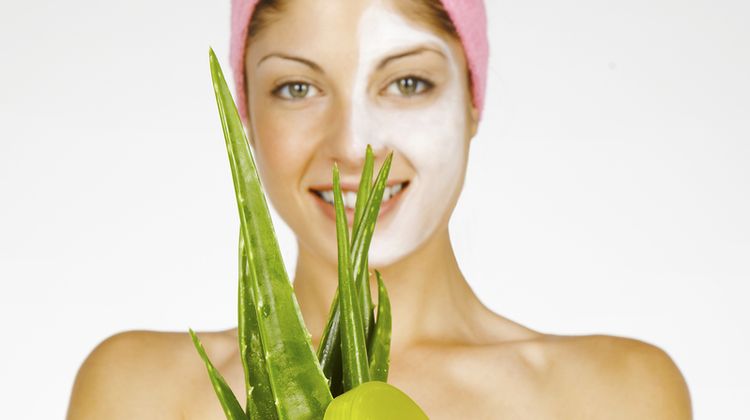
Alternative Options: Hydrating your skin doesn’t require unwanted chemicals. Start from the inside out by making sure you’re drinking adequate amounts of high-quality water throughout the day. Don’t forget the importance of electrolytes like magnesium, calcium, and potassium, which sometimes have to be supplemented based on the mineral content of your water.
Chlorine, a chemical added to tap water, can also dry out skin and disrupt your thyroid. Installing a water filter can effectively eliminate this unwanted additive and help you maintain well-balanced moisture within your skin.
Use simple, natural moisturizing agents like aloe, shea butter, cocoa butter, coconut oil, or almond oil for deep penetrating skin hydration. Add in jojoba oil, raspberry seed oil, and frankincense essential oil for additional protective qualities.
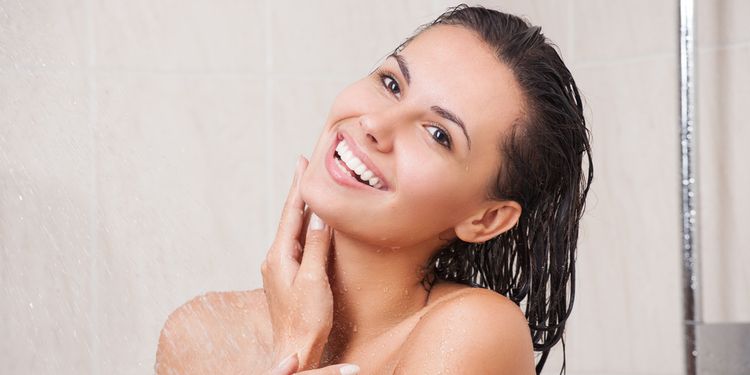
5. Body Wash
Body wash is the type of product you’ll want to dump altogether. Washing your body turns out to be a relatively simple task that has no real need for such harsh and unnecessary chemicals.
Fragrance, sulfates, parabens, phthalates, and mineral oil are readily found in body wash, in addition to other chemicals. Surfactants, which give body wash and other products their foaming quality, are another common ingredient. Companies put this ingredient in soaps, not because it actually cleans, but because consumers feel like they’re cleaning better due to its foaming nature.
Surfactants can bind to the proteins in the outer layer of skin, causing structural damage and deactivating important enzymes. According to researchers of a recent study on surfactants in body wash, “It may be impossible for cleansers to have no negative impact on the skin.”11
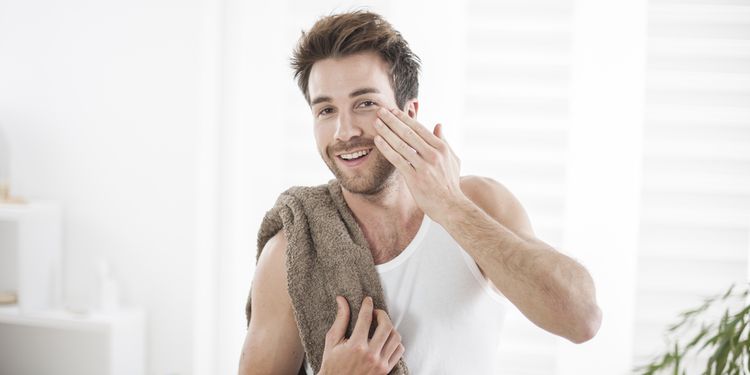
Alternative Options: Luckily, nixing the chemical-laden body washes and getting a natural fix is simple. Look for bar soaps with a few simple ingredients that you can pronounce. You can find soaps made with anything from coconut oil or shea butter to sea mud, which can be very mineralizing. Make sure they’re scented with essential oils rather than fragrance.
Prefer the liquid kind? Dilute a bit of castile soap into hydrosol (distilled herb water) such as chamomile (calming properties) or rose (extremely beneficial to the skin). You can also take small bits of bar soap and dissolve them into water to get a liquid body wash.
Natural saponins (plants with soap-like properties) like yucca and soap nuts can also be added to distilled water to make a pleasant wash. If you need some extra exfoliating power, add a bit of salt or sugar to some coconut oil for a quick scrub. Add a few drops of your favorite essential oil if you’re feeling fancy.
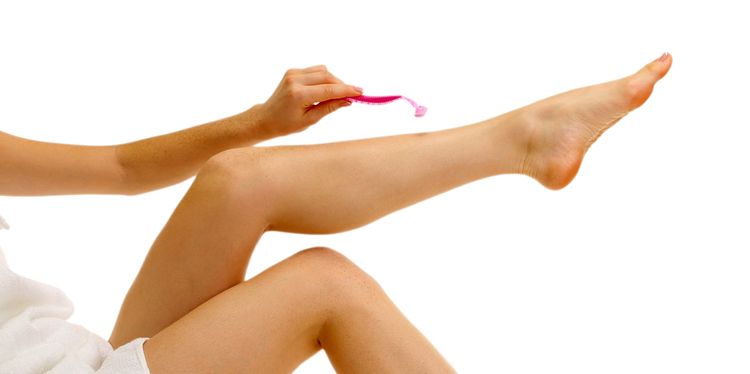
6. Shave Gels/Creams
Along with all the ingredients in body washes and shampoos (fragrance, sulfates, parabens, and surfactants, to name a few) shave gels include a few additional horrifying ones.
Polytetrafluoroethylene (PTFE): A likely carcinogen also known as teflon, this chemical becomes a poisonous gas, but only at high temperatures…like in your steamy shower. In rats, it was shown to cause lung inflammation even at low exposures.12,13
Glycols: One of the most common ingredients, glycols may be toxic to the reproductive system. Similarly, ingredients like the preservative BHT (butylated hydroxytoluene) will be busy disrupting your endocrine system (hormones) and overloading your body with estrogen.14,15
Triethanolamine: In addition to butane (lighter fluid) and toxic color additives, triethanolamine is another less-than-ideal ingredient on the label. It can react with other chemicals, potentially releasing carcinogens, and is associated with liver and kidney lesions in rats.16,17
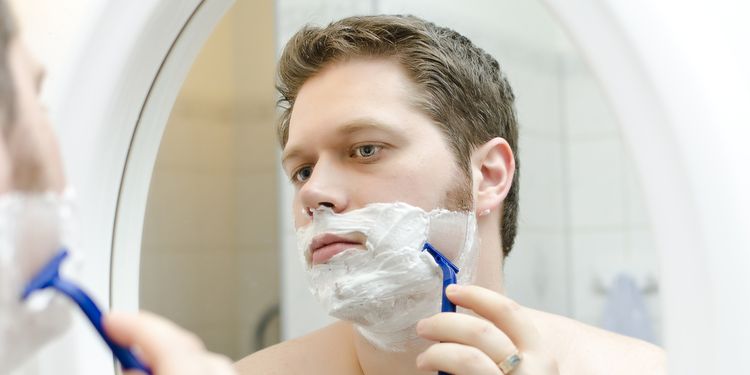
Alternative Options: Making sure you moisturize before you shave can help cut down on the need for a super foamy lather. Also, investing in a quality razor can make a huge difference.
For homemade foaming shave soap, combine equal parts pure aloe gel, castile soap, and warm distilled water or hydrosol. Throw the mixture in an old foaming soap bottle with a tablespoon of olive oil and a drop of grapefruit seed extract (to help preserve) and shake well.
For something a bit more creamy, try equal parts olive oil (with a little bit of shea butter double-boiled in), castile soap, and aloe gel. When the oil mix cools, whisk ingredients together along with a small amount of baking soda and grapefruit seed extract.
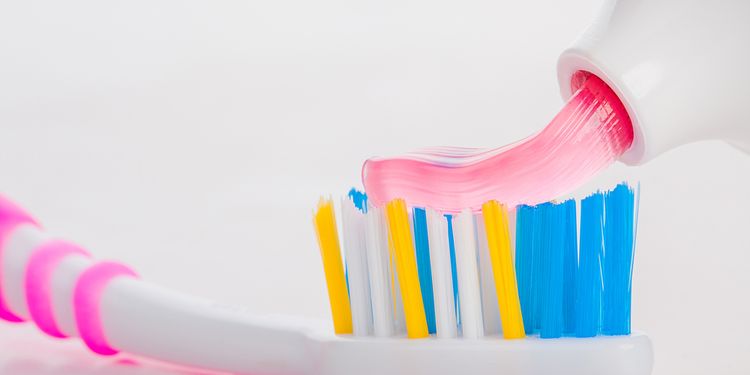
7. Oral Hygiene Products
Up to this point, we’ve referenced what you might consider the microbiome, or the microorganisms (mostly bacteria) that exist in and on your body. What you may not have thought about is the microbiome that exists within your mouth as well.
Most commercial mouthwashes are a bad idea. Alcohol-based concoctions not only throw off bacterial flora (causing worse breath later on), but they’ve also been linked to mouth cancer.18 Propylene glycol (found in non-alcohol rinse) is also known as antifreeze. Need I say more?
Fluoride, found in almost all commercial toothpaste, is an element up for great debate in recent years. Though it’s naturally-occurring, most of our fluoride comes as a byproduct of the aluminum industry. While it does aid in strengthening enamel, it may only be effective right as the teeth are growing in.19 One problem with fluoride is that it can compete with iodine, causing thyroid disruptions. In one study, it was shown to correlate with a drop in IQ. Though the verdict may not be official, it seems as though fluoride is unnecessary at best.20,21
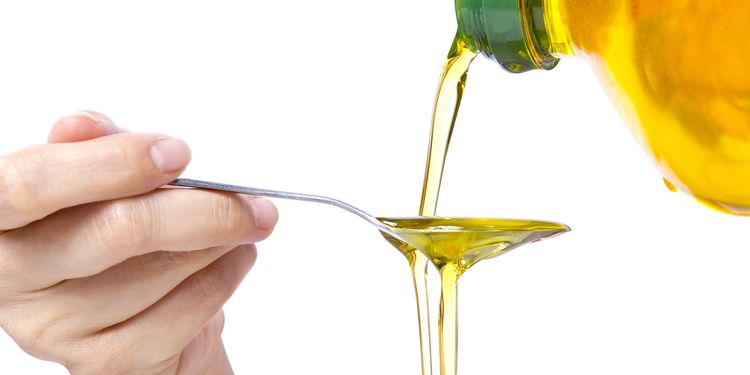
Alternative Options: Diet plays a big role in oral health. Eliminate processed foods and sugar, which cause decay from the inside out. Consume 4 Ways Bone Broth Can Help You Heal + A Simple Recipe” mineral-rich diet staples like bone broth and healthy fats (coconut oil or grass-fed butter).
Find a natural fluoride-free toothpaste that lists simple ingredients. Theodent isn’t cheap, but it works. If choosing another product, look for neem on the label; this essential oil has been used for centuries to promote oral health.
Brushing with homemade toothpaste or toothpowder can be cheap and effective. Baking soda, calcium powder, and coconut oil can be combined to make a paste. Add dry ingredients to food-grade bentonite clay to form a powder. Oil-pulling, a method of rinsing with coconut oil for a few minutes, is another way to neutralize bacteria.
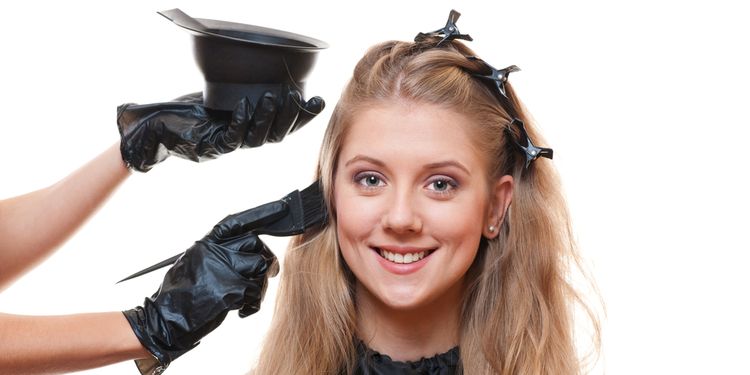
8. Hair Dye
It doesn’t take much to realize why hair dye is on this list. If you’ve ever had your hair dyed, you may recall inhaling a few unpleasant fumes or that slight burning sensation. We only have to skim the surface to see that these dyes contain some pretty nasty stuff.
The main ingredients in hair dye belong to a chemical family called aromatic amines. One study shows 18 of these compounds are mutagenic. In other words, they sneak into our cells and actually change our DNA, which is one of the probable causes of cancer.22 Other ingredients like Basic Red 51 are cytotoxic (toxic to human cells), while chemicals like paraphenylenediamine may be linked to kidney disease.23,24
Alternative Options: Oxidative stress (caused by a burden of harmful free-radicals) and the aging of hair have strong correlations.25 Eliminate processed foods and alcohol, which can add to oxidative stress. A diet high in antioxidant plants and herbs can help mitigate this process. Cloves, oregano, allspice, cinnamon, sage, peppermint, thyme, and lemon balm are a few such herbs.
There are quite a few herbal dyes that can be effective. Black walnut powder may work for dark hair, while sage, calendula, or chamomile can work for lighter hair. You could even try to incorporate these into a homemade shampoo.
For dark or gray hair that needs something with a little more power, henna (Egyptian privet) can be a great option. Henna has been used for thousands of years for both its potent dyeing and healing properties. Get a high-quality, trusted brand (Rainbow Research is one) to ensure an adequate range of color.
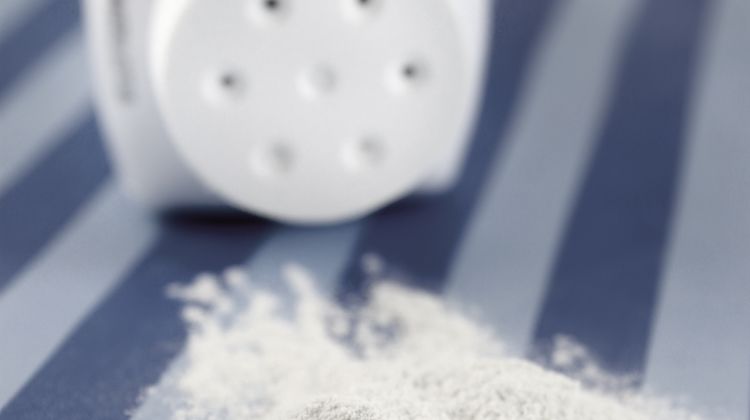
9. Baby Powder
You’d imagine that baby products would be amongst the safest ones out there, but baby powder will leave you scratching your head. If you’re someone who uses this product for its wide range of proposed uses, you may want to reconsider.
Not only does baby powder contain harmful fragrances, but it also contains talc, which is similar to asbestos. They’re both silicates that produce fibrosis (thickening or scarring) of the lungs and other tissues. Up until the 1970s, there was asbestos found in talc powder due to the mining practices.26,27
Many people also use baby powder as an aftershave to prevent ingrown hairs on the bikini line. This could prove problematic, as it’s been linked to ovarian cancer.28,29
Alternative Options: Though it’s used in a wide range of ways, baby powder essentially serves to absorb moisture in order to prevent what can come with it (chafing or bacteria growth). For bikini aftershave, try simply applying coconut oil to prevent the bacteria that cause most razor bumps. Little Twig and The Honest Company both have talc-free baby powder products, and a simple homemade recipe of arrowroot starch with powdered calendula or chamomile can soothe chapped skin.
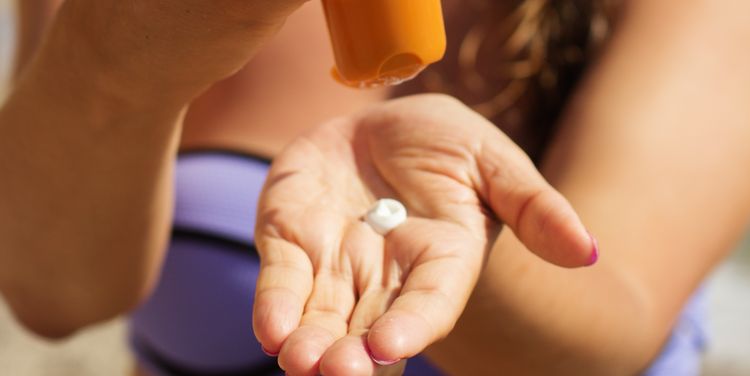
10. Sunscreen
More and more research is coming to light that we may want to be spending more time in the sun rather than hiding from it. Sun exposure is the best way to up our production of vitamin D, which is vital to our survival. Sunscreen inhibits this vital form of human photosynthesis and contains toxic chemicals to boot.
While sunscreen does inhibit the symptom of sun exposure (that is, sunburn), it does so by numbing your skin’s response. This allows you not to feel the sunburn, but it may still be causing the kind of skin damage that can lead to melanoma.30 Common chemicals include:
Octyl Dimethyl PABA: An ingredient in sunscreen with mutanogenic properties that generates free-radicals when exposed to light.31
Titanium Dioxide and Zinc Oxide: Two common ingredients touted as natural but are actually semiconductors that absorb light. Titanium dioxide degenerates human cells by entering through the cell wall, carrying absorbed UVA and UVB radiation.

Alternative Options: Get some sun! Start slowly (especially if you’re fair-skinned) and expose yourself to the sun anytime from sunrise to about 11 am to get the mildest rays.
The more sun you get, the more tolerance you build to prevent burning. While non-synthetic chemicals can’t technically have an SPF, certain plant oils can have a similar effect. Primal Life Organics offers an essential oil-based sun protector that works well.
For the DIYer, coconut and almond oil are said to be roughly equivalent to a 5 SPF sunscreen, while red raspberry seed and carrot seed oil are known to have higher protective qualities.
Try some combinations, but don’t forget to listen to your body! A sunburn is nature’s way of telling you you’ve had too much. Pay attention and seek shade or cover up with clothing when you feel the need. What you put in your body can affect your skin! This point is made for anyone who has ever gotten a reaction to the sun due to antibiotics. Stick to a whole foods diet and avoid antibiotics unless absolutely necessary.
Summary
Take a look at the products that you use regularly and ask yourself why you use them in the first place. Think of your external symptoms as a message, rather than as source of your problems. What might your body be trying to tell you that you’re silencing? Doing this allows you to open up a conversation with your internal system and leads to real solutions rather than quick fixes. So many products are not only toxic, but also exacerbate the very problems they aim to solve.
